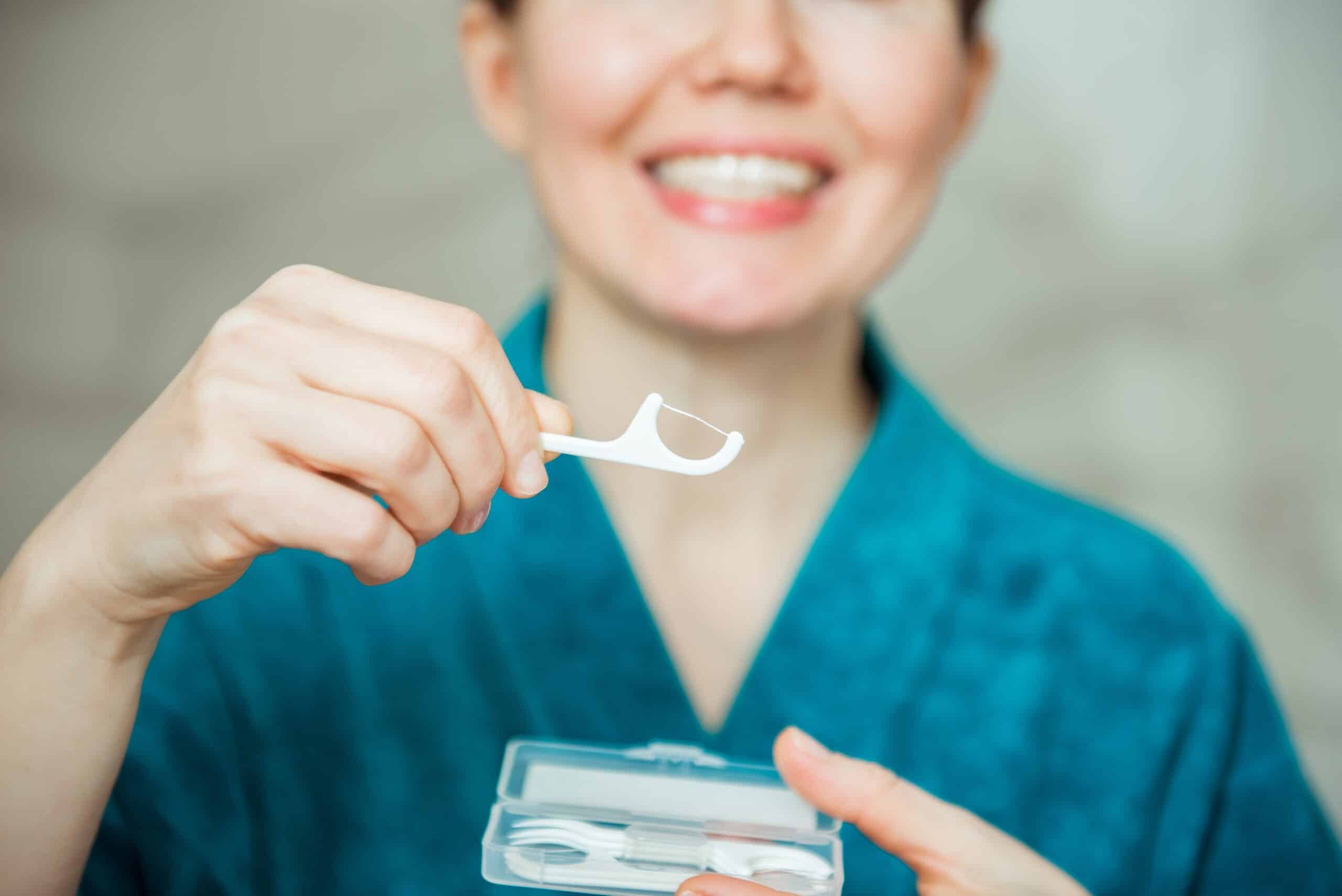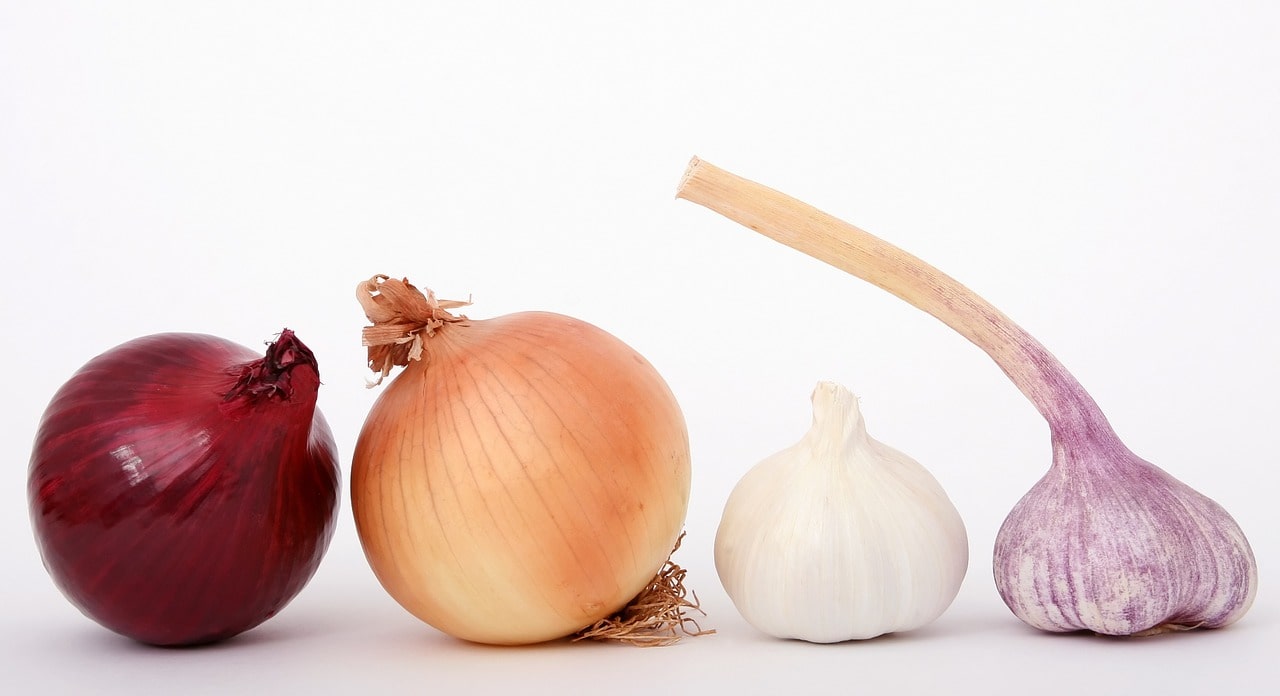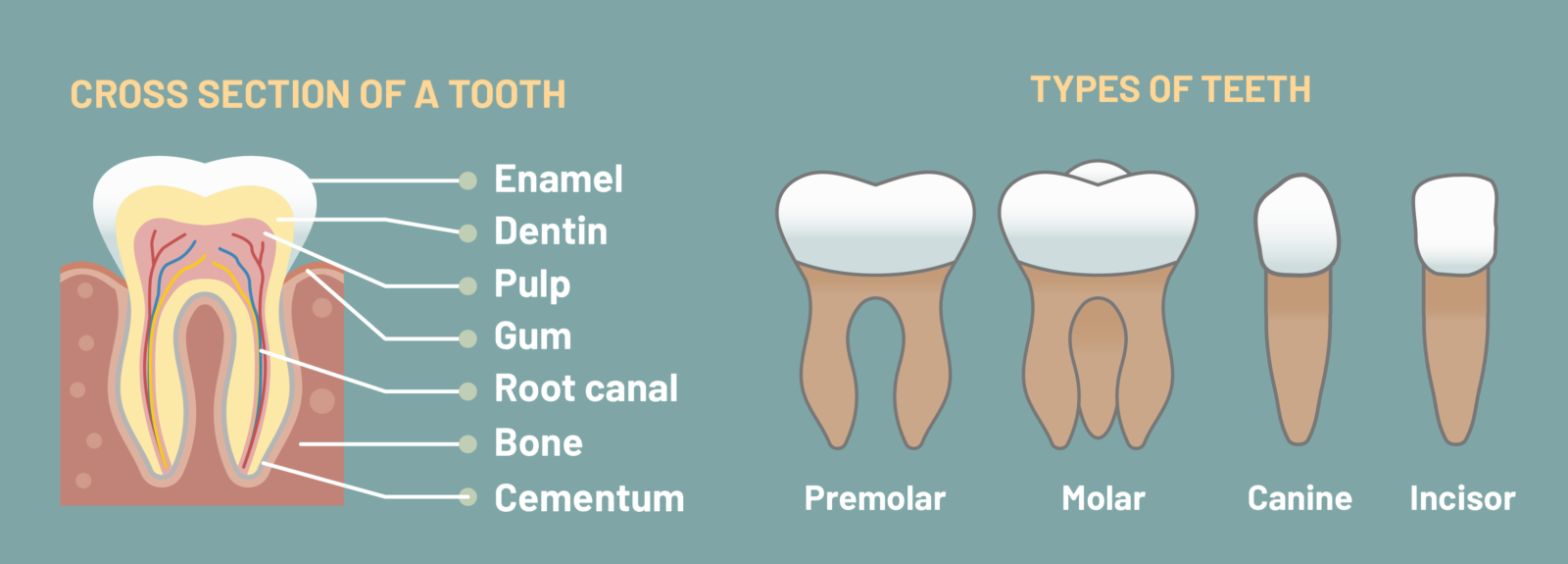Flossing is an essential part of any daily routine for anyone who is looking to improve their oral hygiene. Many people have a tendency to skip flossing either to save time or because they aren’t confident in their flossing technique.
Today we’re going to share our step-by-step guide to effective flossing techniques to help you improve your dental health this year.
Why Flossing is Essential for Dental Health
Flossing is an essential part of your oral hygiene routine as it helps to remove plaque and small food particles from the teeth and gum line. Even the most thorough brushing routine may not free these particles in the same way that effective flossing techniques will. Plaque is a biofilm that, when left for too long, can cause gingivitis and gum disease and develop into tartar. In the long run, flossing will help to reduce bad breath, prevent cavities and avoid tooth erosion. It’s something that everyone should do at least once a day alongside twice-daily brushing to keep your teeth in top condition for years to come.
Choosing the Right Floss for Your Teeth
One of the first decisions you need to make is what type of dental floss to use. As well as learning effective flossing techniques, you want to make sure that you choose a floss that suits the spacing of your teeth. For anyone with large gaps between their teeth, you can use dental tape, whereas tighter teeth will be better off with a thinner or waxed floss. If you currently have braces or bridges, a floss threader or spongy floss can be more comfortable.
While some people really enjoy using floss picks, others find them impossible to use if their teeth are too tightly spaced. To reduce mess or for convenience when you are on vacation, you may want to purchase disposable flossers, floss picks or pre-measured floss. By finding the best dental floss for your teeth, you’ll be much more likely to get into the habit of flossing on a daily basis.
Step-by-Step Guide to Flossing Correctly
Now that you’ve chosen your dental floss, it’s time to learn the most effective flossing techniques and put them into practice. Start off by preparing a piece of dental floss to use, which should be between 40 – 55 cm in length. Wind most of the floss around your two middle fingers, leaving about one or two inches to floss your teeth. Put the floss between your first teeth, sliding it gently up and down. Make sure you do this on both sides of each of your teeth and avoid pushing down too hard onto your gums.
As you floss, it’s best to curve the floss at the base of the tooth, forming a ‘C’ shape over the gum. This helps you to thoroughly clean between your teeth and gums and clear out any debris and plaque. Repeat this technique for each tooth, using a clean section of floss for every tooth. As the back of the mouth can be hard to reach, use a mirror to make sure you are getting to your very back teeth and flossing them correctly.
Common Flossing Mistakes to Avoid
One of the most common issues with flossing is not getting into the routine of doing this on a daily basis. Try to floss every night before brushing your teeth, and make this a non-negotiable part of your daily routine. As far as effective flossing techniques, make sure you are never pushing down too hard on your gums and getting into them. This can cause bleeding and is a common reason people avoid flossing. If you find that the dental floss you are using isn’t working for your teeth, try another type of floss instead of giving up altogether. We typically recommend flossing before brushing your teeth. You can then brush away any of the leftover debris instead of leaving it in your mouth.
Conclusion: Integrating Flossing into Your Daily Routine
By following these effective flossing techniques, you can get into the habit of flossing your teeth on a daily basis. It’s crucial that you find a type of dental floss that works for your teeth, as all of our teeth are spaced out in a different way. You’ll soon find that you get used to flossing your teeth and it will become a natural part of your daily routine. It’s one of the most important habits to improve your oral hygiene and help you keep your teeth and gums in top condition.










